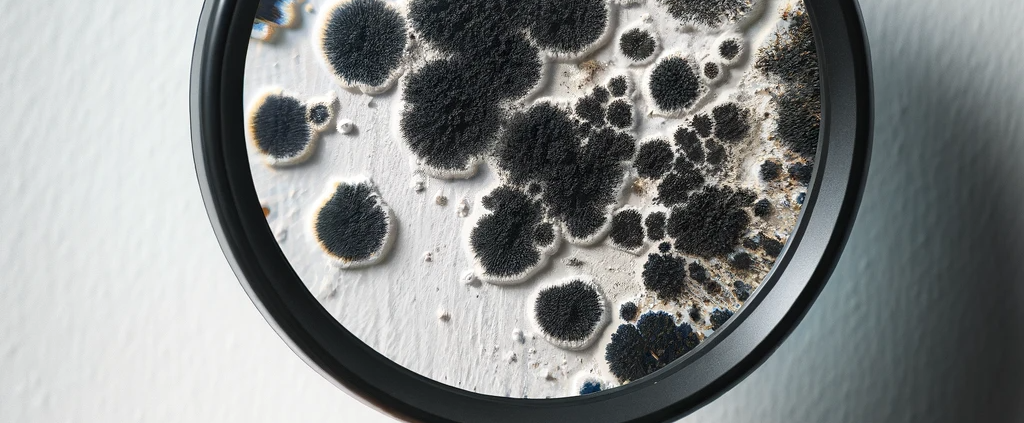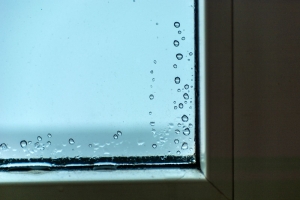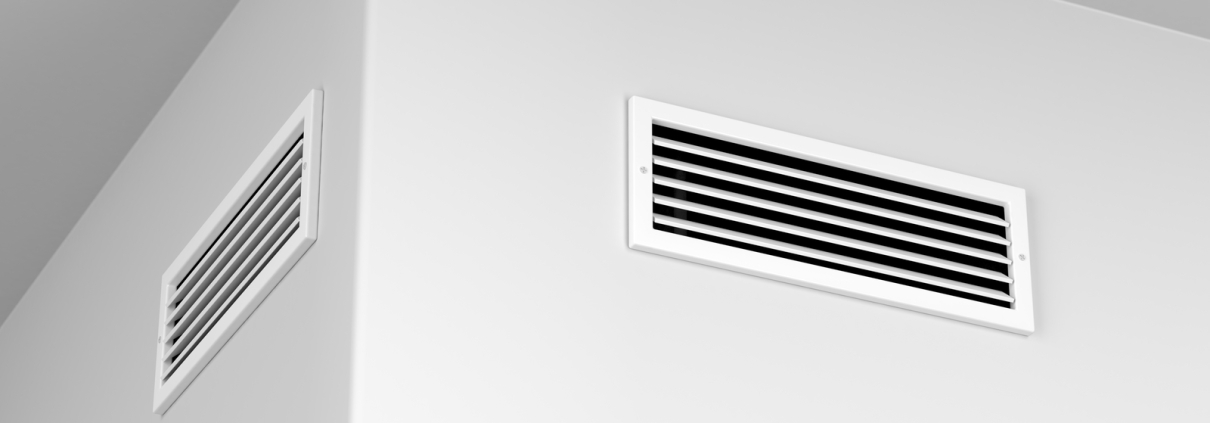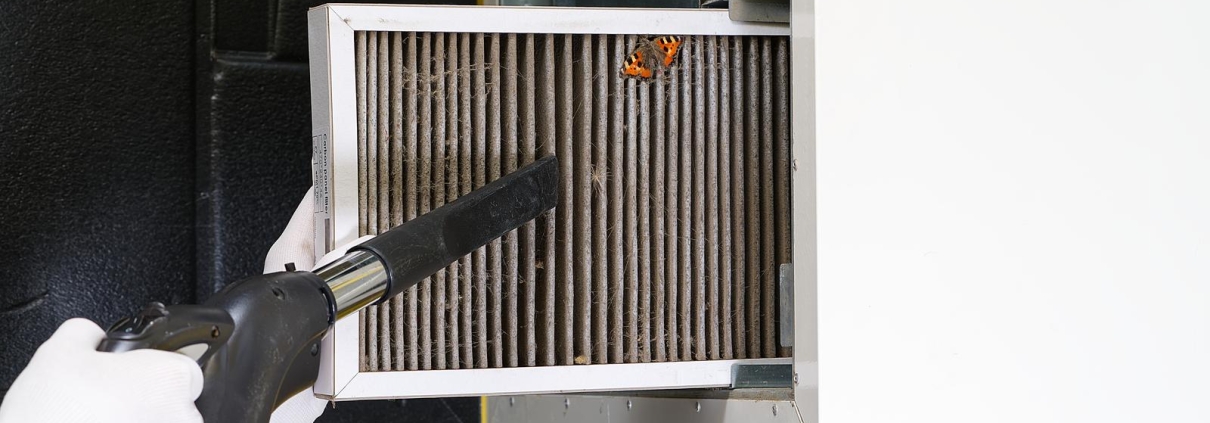Preventing Mould Growth in Your Home: Practical Tips and Tricks
Mould — it’s a word that can make any homeowner shudder. This stealthy intruder can slip into your home unnoticed, claiming territory in damp corners and quiet crevices. But fear not, for every home can be armored against this silent invader with knowledge, preparation, and a few practical tips. Let’s embark on this mould-preventing journey together, safeguarding the health of your home and those within it.
Step 1: Conduct Thorough Home Inspections
Begin your quest by becoming a detective in your own domain. Regular home inspections can reveal hidden maintenance needs — a loose tile here, a leaky pipe there — all of which could potentially invite mould. Fix these issues promptly; they’re the breadcrumbs that lead mould right to your doorstep.
Step 2: Master the Art of Moisture Control
Your home is an ecosystem that needs balance. Moisture is its lifeblood, but when uncontrolled, it becomes a breeding ground for mould. Use moisture meters, keep indoor plants in check, and wipe down surfaces prone to condensation. Every action that limits moisture is a strike against mould.
Step 3: Prioritize Proper Ventilation
Fresh air is the nemesis of mould. Fluctuating temperatures and humidity levels create the perfect storm for mould growth, but ventilation is the guardian that keeps the indoor climate stable and mould at bay. Open windows, use fans, and check that your ventilation systems are in top form.
Step 4: Fortify with Mould-Resistant Products
In your fight against mould, consider integrating mould-resistant products into your home’s construction and decor. These products act as a shield, keeping mould at arm’s length and ensuring that your home remains a fortress of health and comfort.
Step 5: Create an Anti-Mould Cleaning Regimen
The battle against mould is fought on the battleground of cleanliness. Incorporate anti-mould products into your regular cleaning routine, focusing on high-risk areas such as bathrooms and basements. By keeping these areas meticulously clean, you hinder mould’s ability to gain a foothold.
Step 6: Dehumidify Your Domestic Realm
A dehumidifier can be a worthy ally in your anti-mould crusade. By maintaining humidity levels below 60%, ideally between 30% and 50%, you create an environment that is less hospitable to mould. This is especially crucial in areas like the basement, where the air tends to be damper.
Step 7: Address Water Damage Without Delay
The smallest sign of water damage can be the herald of mould. Whether it’s a flooded basement or a simple spill, swift and thorough drying is imperative. The quicker you act, the less chance mould has to establish itself.
Step 8: Educate Yourself and Your Family
Awareness is a powerful tool. Educating yourself and your loved ones about the risks and signs of mould can lead to early detection and prevention. Understanding the importance of tasks like checking humidity levels and maintaining a dry home is crucial.
Step 9: Optimize Air Circulation
Proper air circulation is detrimental to mould growth. Make sure furniture and curtains do not block air vents. This might require a bit of furniture rearrangement, but the improved airflow will deter moisture buildup and mould.
Step 10: Keep the Outdoors, Outdoors
Mould can hitch a ride into your home via dirt and leaves. Use sturdy doormats or a mudroom cleaning station to prevent organic material, which mould thrives on, from entering your home.
Step 11: Regular Gutter Maintenance
A clogged gutter can spell disaster for mould prevention. Ensure gutters are free of leaves and debris, as blockages can lead to water seeping into your home, providing mould with the moisture it needs to grow.
Step 12: Seal the Deal with Caulking
Any cracks or openings around windows and doors can invite moisture into your walls. Use caulking to seal these breaches and maintain a mould-resistant barrier.
Step 13: Use Mould Inhibitors in Paints
When painting your home, add mould inhibitors to the paint. This simple step can significantly reduce the likelihood of mould finding a home on your walls.
Step 14: Inspect the HVAC System
An HVAC system in disrepair can accumulate moisture and distribute it throughout your home. Regular inspections and maintenance can prevent this unwanted distribution of mould spores.
Step 15: Dry Items Before Storing
Damp items, especially in a dark storage area, are a welcome mat for mould. Ensure that items like clothing and towels are completely dry before storing them away.
Step 16: Mould-Proof Your Bathing Sanctuary
Your bathroom is a mould magnet due to the constant presence of water. Ensure that shower areas and sinks are kept dry and well-ventilated to discourage mould from taking root.
Step 17: Mind the Gap – Inspect Roofing
A leaky roof is a major contributor to mould problems. Regularly inspect your attic and roofing to ensure there are no leaks. Patch up any vulnerabilities to keep your home dry and mould-free.
Step 18: Be Proactive with Pipe Insulation
Cold pipes can cause condensation, and when hidden in walls, they create a secret paradise for mould. Insulating these pipes can prevent condensation and, in turn, mould growth.
Step 19: The Power of Sunlight
Mould despises sunlight as much as it loves moisture. Allow sunlight into your home to help kill mould spores and keep your living space bright and mould-free.
Step 20: When in Doubt, Seek Professional Help
Sometimes the mould battle can be too much for one person to handle. When in doubt, don’t hesitate to call in the professionals who have the expertise to properly remediate and advise on preventing future growth.
Remember, preventing mould in your home is an ongoing process that requires vigilance and dedication. By following these practical tips and tricks, you can create a healthy, mould-resistant living environment. Stay informed, stay prepared, and keep mould at bay for good!




